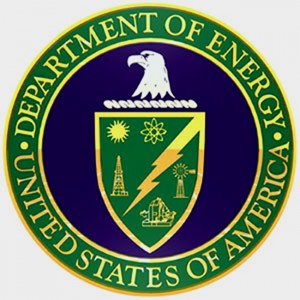 Did you know that the US Department of Energy’s (DOE) Appliance and Equipment Standards Program was busy the past couple months. They published three new documents relating to fluorescent lamp ballasts, integrated LED lamps, and ceiling fans. Let’s take a quick look at two of them, and what they might mean for the lighting industry:
Did you know that the US Department of Energy’s (DOE) Appliance and Equipment Standards Program was busy the past couple months. They published three new documents relating to fluorescent lamp ballasts, integrated LED lamps, and ceiling fans. Let’s take a quick look at two of them, and what they might mean for the lighting industry:
Fluorescent Lamp Ballasts – Currently DOE regulates linear T12 replacement ballasts. On June 23, DOE published a Federal Register notice about a framework document on energy conservation standards for fluorescent lamp ballasts. They are considering amending energy conservation standards for fluorescent lamp ballasts. DOE states that it is planning to conduct in-depth technical analyses in several areas, including energy use, product price, and manufacturer, utility, employment and regulatory impacts. By amending the fluorescent lamp ballast regulations, it is likely federal ballast regulations could be expanded beyond T12 ballasts to:
- Additional dimming ballasts
- 4’ T8 programmed start ballasts
- ballasts operating at 480V
Such new regulations could impact cost and future availability of these ballasts. DOE expects a final rule, in October of 2019. A copy of the Framework Document is available at: http://www1.eere.energy.gov/
Integrated LED Lamps – On June 25, DOE issued a pre-publication Federal Register notice about test procedures for LED lamps. DOE is establishing test procedures for LED lamps to support implementation of labeling provisions by the Federal Trade Commission (FTC).
DOE defined methods for measuring the lumen output, input power, and relative spectral distribution (to determine CCT). Further, DOE proposed a method for calculating the lifetime of LED lamps, and defined the lifetime as the time required for the LED lamp to reach a lumen maintenance of 70 percent (aka L70). Additionally, the test procedure added calculations for lamp efficacy as well as the color rendering index (CRI) of LED lamps. DOE also proposes a revised definition of lifetime, and a new definition for time to failure. At a minimum, these proposed test procedures, if adopted, would impact labs and manufacturers testing for FTC labeling. Such test procedures are also often a first step in creating regulations for a new category of lighting, in this case integrated LED lamps. Lastly, it is also possible that other certification or regulatory agencies could adopt the proposed test procedures for LED lamps, such as ENERGY STAR, or the California Energy Commission.
Does your company need an experienced compliance specialist to keep up with changing government regulations, certifications, and safety listing?
Neil Goldman & Associates provides top industry talent to the lighting industry. Please email neil@neilgoldman.com.

Comments are closed.